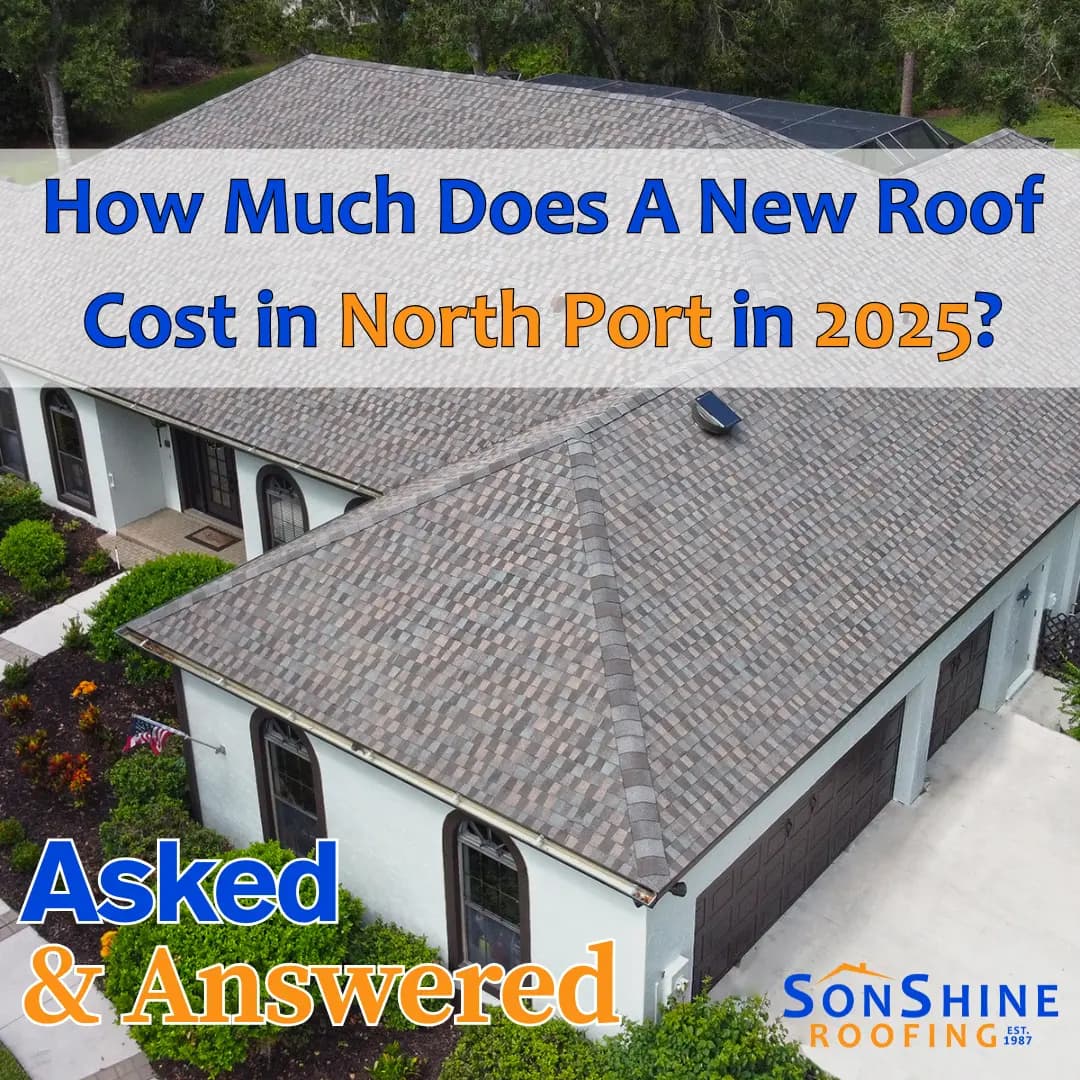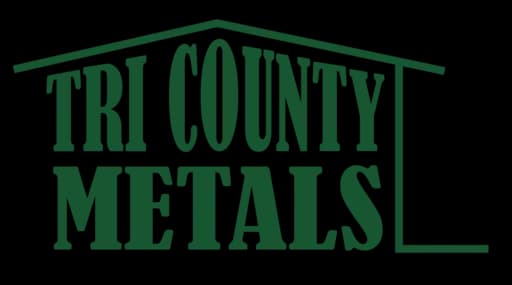7 Signs You Need a New Roof: Don’t Wait Until It Leaks
The roof, the roof, the roof is on fire!
Well, let’s hope not. But even without flames, your roof might still be trying to tell you something. If it’s getting old or showing signs of wear, it might be time to consider a replacement. In this guide, we’ll walk you through the most common signs you need a new roof—so you can act before the leaks do.
1. Age of the Roof
How old is your roof? If you don’t know, you might want to find out—fast. Most asphalt shingle roofs last 20–30 years, depending on material and weather conditions.
Take the first step
Schedule a fast, no-pressure visit. Since 1987 we’ve got you covered.
Get started3-tab shingles tend to last closer to 20 years, while architectural or luxury shingles can go much longer. If your roof is reaching its expiration date, it’s smart to get ahead of the issue. Not sure how much life is left? Let a professional roof inspection give you peace of mind.
2. Broken or Curling Shingles
If your shingles look cracked, curled, or are missing entirely, your roof may be past its prime. Watch especially for shingle loss in roof valleys, where rain runoff is strongest. Also, check for asphalt granules in your gutters—a telltale sign that shingles are wearing down.
3. Spongy or Soft Spots
If you walk on your roof and it feels soft or spongy underfoot, that’s a serious warning. It may indicate moisture damage to the underlying decking. You can double-check from inside your attic—if you see daylight through the boards, it’s definitely time for repairs or replacement.
Always practice roof safety when inspecting your home.
4. Visible Sagging
A sagging roofline is a red flag that your roof’s structural integrity is compromised. It could be the result of trapped moisture, rotting supports, or heavy storm damage. Don’t ignore this one—it’s time to call in the pros immediately.
5. Water Stains or Leaks Inside
Brown ceiling stains, bubbling paint, or mold in your attic? These are interior clues that water is getting in. By the time you spot a leak from the inside, the damage may already be extensive. The sooner you address it, the better.
6. High Energy Bills
A failing roof often means poor insulation and ventilation, which can cause your heating and cooling systems to work overtime. If your energy bills are creeping up without an obvious reason, it might be time to inspect the roof.
7. Everyone Else Is Replacing Theirs
If many of your neighbors are getting new roofs, it might not be a coincidence—especially if your homes were built around the same time. Roofing materials in planned communities tend to age similarly. Take it as a hint.
See the Signs? Get a Professional Opinion
Not every roof issue requires a full replacement—but ignoring the signs can lead to far worse damage. If you’ve noticed any of the symptoms listed above, reach out to the pros.
Contact SonShine Roofing today to schedule a roof inspection or consultation. Our experienced team is ready to help you determine whether repair or replacement is the best next step for your home.















